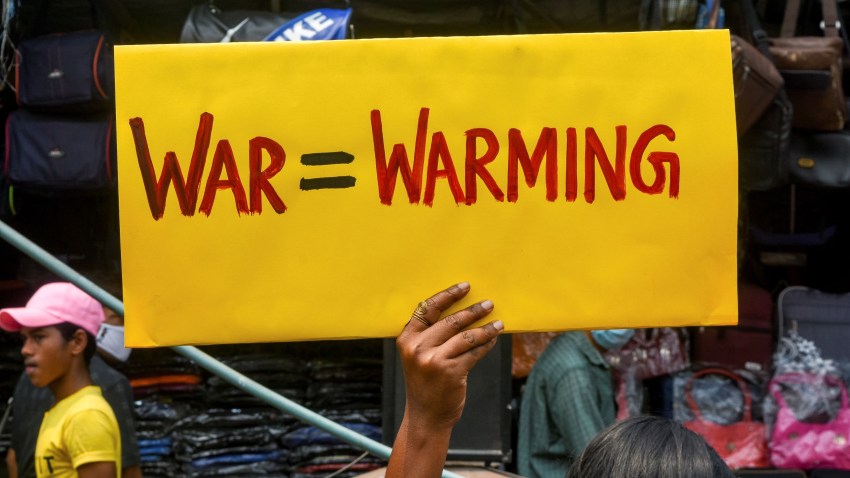Addressing climate resilience needs in fragile states is one of the biggest outstanding gaps in climate finance. However, recent research suggests it is also one of the biggest opportunities, both for meeting urgent climate needs and addressing crucial conflict drivers. The United Nations COP28 Climate Change Conference, which opens Nov. 30, brings together the major stakeholders needed to tackle this problem: member states, states most affected by climate change and, critically, the private sector. Synergies between the three are the only way to make up shortfalls in funding, but also to seize the opportunities of using climate and natural resources as an entry point to sustainable peacebuilding.
How to get more resources to those states most vulnerable to climate change—and facing extreme adaptation needs—remains one of the crucial unfilled promises of last year’s COP27 Climate Change Conference. Stakeholders at COP27 took the historic step of creating a Loss and Damage Fund to help developing countries recover from the effects of the climate crisis. But it is not yet operational, and with multibillion-dollar shortfalls in existing climate pledges, many wonder how even more ambitious targets envisioned for COP28 are to be fulfilled.
This is a particularly acute issue for conflict-affected and fragile states. Because of pre-existing vulnerabilities—such as high rates of poverty, weak governance and coping systems already stressed or fractured by conflict—fragile and conflict-affected states are much harder-hit by the climate crisis. Extreme weather events create twice as much displacement, as much as four times the GDP loss and much more sustained economic damage in fragile states compared to others, according to a recent IMF study. Because many of these conflict-affected and fragile states are located in areas experiencing higher than average global warming, they are also more likely to be hit by these extreme weather events—as much as four times more, the same study found. This can exacerbate pre-existing vulnerabilities and conflict triggers in areas already beset by political violence, displacement and instability.

